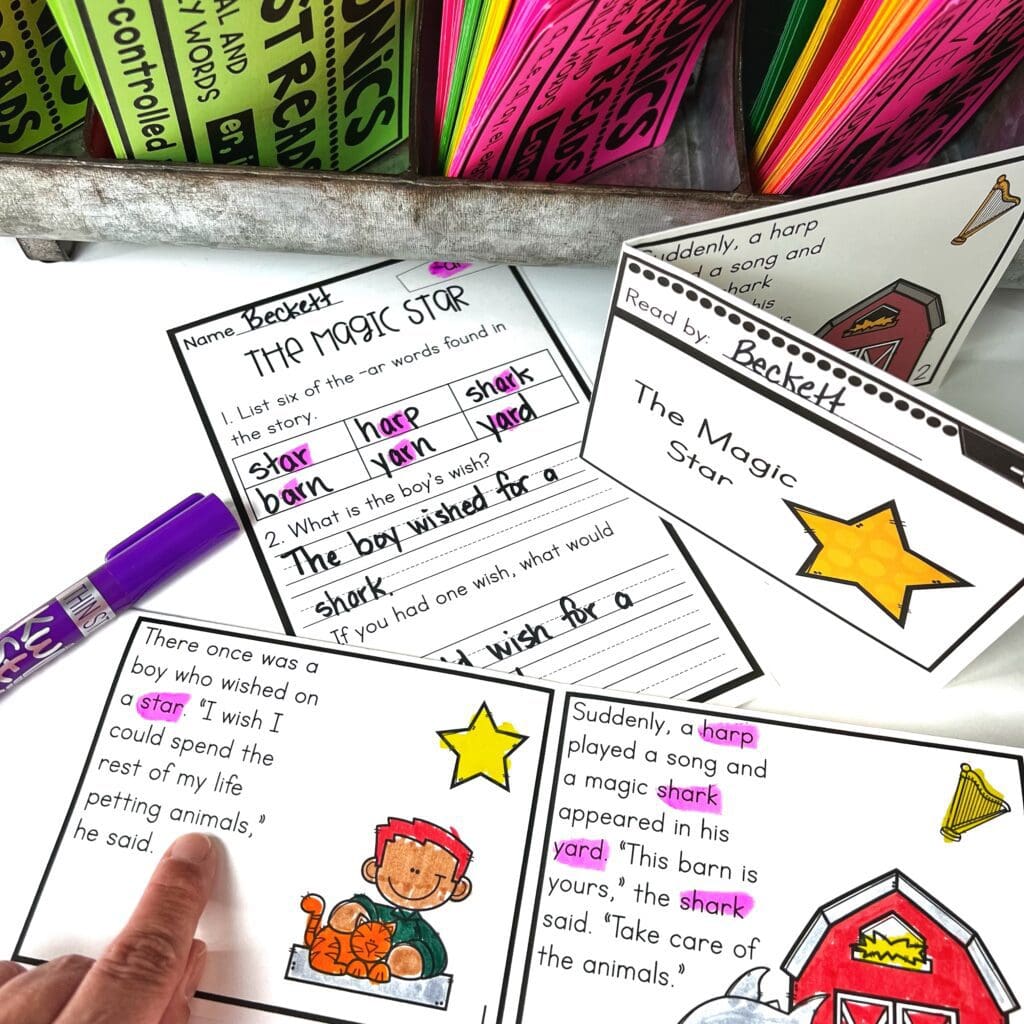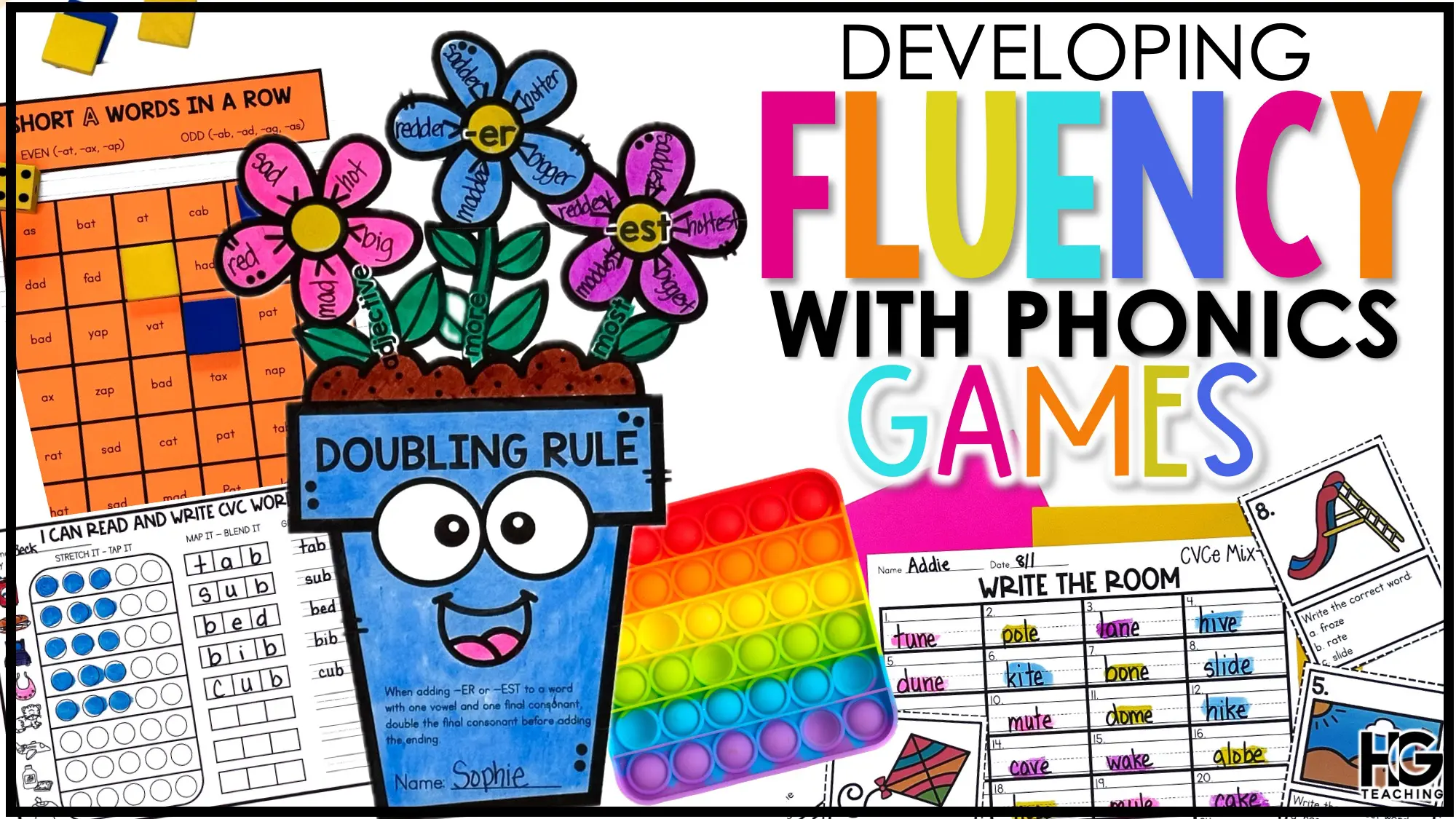Phonics is the foundation of reading and involves making connections between the sounds of spoken words and the letters that represent those sounds. With the help of decodable readers, phonics instruction can be made more effective and fun. Designed to be age-appropriate, decodable text uses specific phonetic elements that help children learn to read by sounding out words in a structured and sequential manner. Furthermore, decodable text is an essential tool in helping teachers organize phonics instruction for reading success. Here is a comprehensive guide to using decodable readers in the classroom.
1. What Are Decodable Readers?
Decodable readers are books meant for early readers that contain words that can be sounded out using the phonics concepts that have been taught to them. Our decodable readers use phonetically controlled texts that involve the introduction of new sound-spelling relationships in a sequence that promotes success in reading. These readers are used as part of a systematic, synthetic phonics instruction program and are intended to help early readers practice reading with ease.
2. Benefits of Decodable Readers:
The use of decodable readers has been linked to a number of benefits for early readers. Here are some of the benefits of using decodable text in the classroom:
– Helps children to recognize sounds and spellings more effectively: The presence of phonetically regular words helps children to focus on decoding rather than guessing.
-Allows students to use what they have learned in their phonics lessons and apply it to text.
– Encourages autonomous reading: Decodable text help young readers feel confident, successful, and independent when reading stories on their own.
– Builds a solid foundation: Decodable readers are one piece of the puzzle in building a solid foundation for proficient reading.
3. Classroom Tips:
Here are some tips for using decodable text in your classroom:
– Set the stage: Teach the new phonics pattern before introducing the decodable reader. For example, if you’re teaching that ar says /ar/… First your students will learn the phonics pattern. Then they will map and graph words with the pattern. Maybe they will search for words with the pattern. You might even sing songs with the new pattern. They should read words and nonsense words with the new phonics pattern. Your beginning readers should practice, practice, practice using the new pattern. Research tells us that it takes an average learner 4 to 14 repetitions to achieve fluency with a new pattern AND it takes the struggling reader 20 or more! Decodable Readers are one of many tools that give students the opportunity to practice and make the connection between the sounds they hear and the letters they see. (You can read more about decoding drills HERE!)
– Go slow and steady: Introduce one sound or spelling pattern at a time and slowly build on the students’ knowledge.
– Incorporate reading with building and writing: As students progress, encourage them to write words and sentences and build with magnetic letters to solidify their reading skills.
4. Successful Implementation for All Students
The successful use of decodable text is critical for all children, but especially for children with reading difficulties. Decodable readers offer early readers the chance to sound out words systematically, and teachers can adjust the difficulty level to meet the individual needs of each student. Using explicitly learned phonics principles, teachers can provide any necessary support and help improve the reading skills of their students. Decodable text is perfect for targeted small groups!
5. Give Decodable Text a Try!
Our one page decodable readers are perfect because they are no prep. All you have to do is print and fold. They come in color, black and white, and we’ve also included a reader without illustrations so that your students can be the illustrators! Each reader also includes comprehension questions and a word search.
Not only are these readers highly effective in helping young learners recognize sounds and spellings effectively, but they also enable them to become independent readers. Moreover, by introducing decodable readers slowly and steadily, children of all reading abilities can learn phonics skills effectively. As such, decodable readers have become an integral tool for teachers in providing students with foundational reading skills that will equip them for a lifetime of successful reading.
Try out our Hard and Soft C and G Decodable Readers for FREE HERE!
SAVE BIG with Decodable Readers Growing Bundle HERE!
Interested in learning how we can help our students develop NEW brain pathways with phonics instruction?!? Check it out HERE…
Have the BEST day!
-Hollie










0 Comments